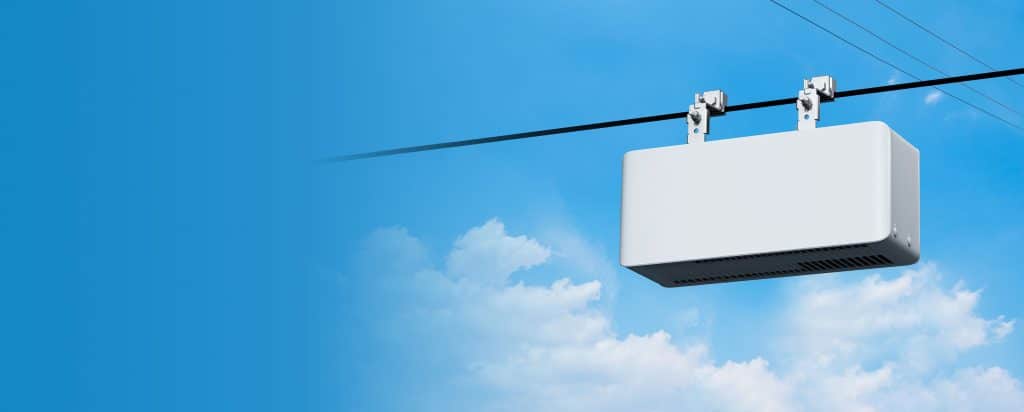Comcast has chosen Samsung to provide radio access network infrastructure for the 5G network it will be building.
In a blog post on the Comcast website, Comcast Senior Vice President of Wireless Strategy Tom Nagel said the company has licenses for spectrum in the CBRS and 600 MHz bands in areas covering 80% of its cable and broadband service area, which covers 50% of the U.S. population.
The company has no plans to build out a full nationwide wireless network. Instead, “where it makes sense, we plan to selectively deploy our own 5G radios in dense, high-traffic areas of the markets we serve today,” Nagel said in the blog post.
Comcast has an agreement with Verizon to use the Verizon network where it does not have its own network facilities or where customers aren’t able to connect via Wi-Fi. And considering that Comcast only sells mobile service within its own footprint, that plan seems to be a sensible one.
Samsung will supply radios for use in both the CBRS and 600 MHz bands, as well as a newly developed 5G CBRS strand small cell that can be deployed on Comcast’s aerial cable lines, Comcast said in a press release.
Telecom and broadband financial analysts at MoffettNathanson touted the benefits of the strand small cell in a research note earlier this year. According to the analysts, deployment costs for strand small cells can be 90% less than for other small cell options. The reason is that strand small cells can be hung between poles, eliminating the need for zoning, permitting, fiber backhaul, separate power, and costly labor for fiber splices and installation.

The analysts cautioned, though, that the strand small cells cannot be used in urban areas where cabling is buried, rather than attached to poles.
According to MoffettNathanson, Comcast won only about 10 MHz of spectrum in the 2017 auction of spectrum in the 600 MHz band. The 600 MHz band is considered low-band spectrum, which supports broad coverage but relatively low speeds.
In the 2020 CBRS auction, however, Comcast was one of the top five winners, measured by the number of licenses obtained. The CBRS band is considered mid-band spectrum, which is widely viewed as providing the optimum mixture of coverage and speed – less coverage than low-band spectrum but faster speeds.
Comcast was the first major cable company to offer mobile service. The company’s offering has been more successful than expected and already has become profitable.
By improving Comcast mobile margins, the company’s 5G infrastructure should make the service even more profitable.


